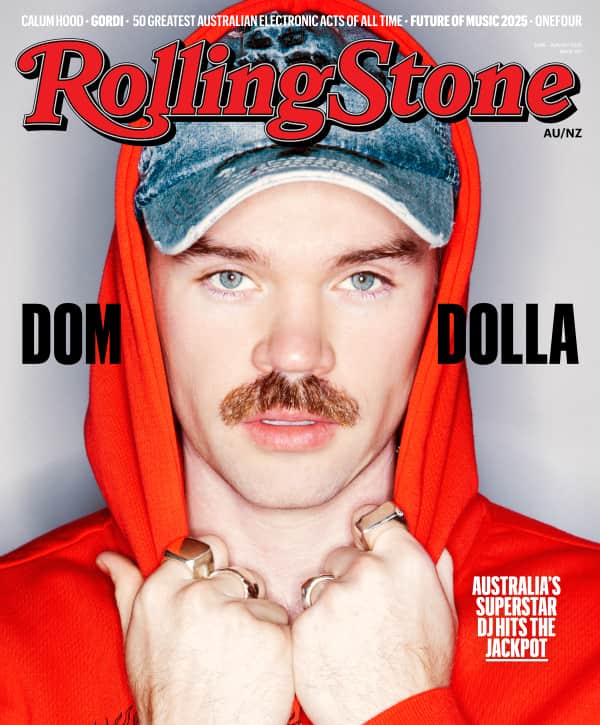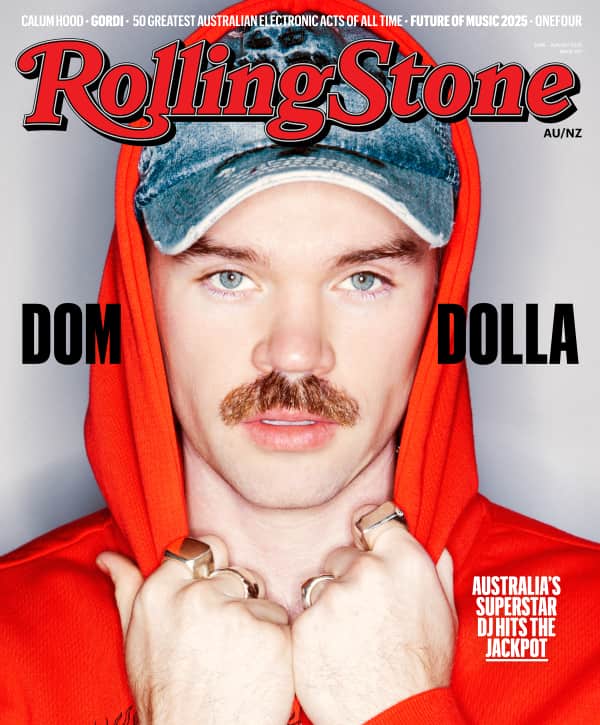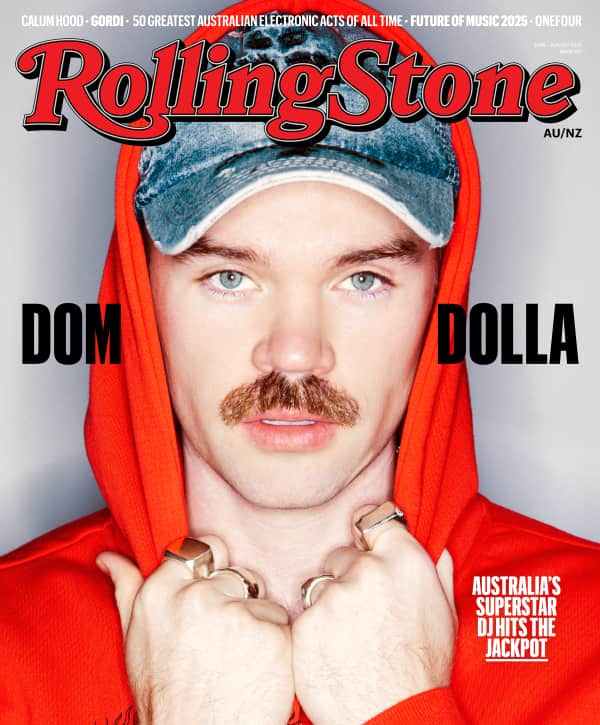200 Greatest Dance Songs of All Time
From Chic to Skrillex, from Chicago house classics to festival rave anthems, from songs that filled the floor at the Loft and the Warehouse to ones that blew up on TikTok.

What do we mean by “dance songs”? Good question. In a sense, any song that ever got any one person moving in any perceptible direction is a dance song. The Beatles made great dance songs — as did Slayer. Nearly all the hip-hop and reggae ever made is great dance music. But to make our list of The 200 Greatest Dance Songs of All Time, a song had to be part of “dance music culture.” It’s a more specific world, but an enormous one too, going back nearly fifty years and eternally evolving right up to today and into the future.
After paying homage to the godfather of the extended groove, Mr. James Brown, our story of dance music begins in the mid-1970s with disco, and moves into early Eighties club sounds like electro and Latin freestyle. It gets born again when disco is re-engineered as house music in Chicago and techno in Detroit, and mutates with almost comic velocity into the Nineties rave explosion that produced everything from jungle to trance to gabba to garage, and eventually the EDM and dubstep bonanzas of the 2000s. These sounds all had peak moments of exposure, but they never fade away: drum ”n’ bass is having a new moment right now, and there are house songs here from the past few years.
The list doesn’t attempt to incorporate every ripple in this oceanic confluence of sub-genres. We were looking for tracks that seemed to transcend and feel more universally canonical, and we were especially mindful of the moments where dance music has intersected with the wider musical world– with synth-pop, hip-hop, funk, Miami bass, R&B, indie-rock, Latin music and pop. That’s why you’ll see Prince, Robyn, Britney Spears, Shakira, and Justin Bieber in here bumping up against Adonis, Frankie Knuckles, Moodymann, Goldie, and SOPHIE.
If you’re wondering how we got to a summer where Drake and Beyonce are suddenly releasing house records, this is that story — or, at least, our version of it.
Video Editor, Brian Lynch for Rolling Stone
Visual Credits (in order of appearance): Kylie Minogue – Can’t Get You Out of My Head, Crystal Waters – Gypsy Woman, Beyonce – Blow, Corona – The Rhythm of the Night, Madonna – Sorry, Britney – Till the World Ends, Madonna – Vogue, Daft Punk – Get Lucky, Robyn – Dancing on my Own, Joey Beltram – Energy Flash, Azealia Banks – 212, Rihanna & Calvin Harris – We Found Love, DJ Snake & Lil Jon – Turn Down for What, Sylvester – You Make Me Feel, Piri – Soft Spot, Chic – Le Freak, Dee-Lite – Groove is in the Heart, Donna Summer – I Feel Love, Prince – When Doves Cry, Erik B & Rakim – Paid in Full, First Choice – Let No Man Asunder, Michael Jackson – Don’t Stop ’Til you get Enough, A Guy Called Gerald – Voodoo Ray, Grace Jones – Bumper, Marshall – Move Your Body, Internet sensation kid 1997 in Berlin, Whitney Houston – It’s Not Right. Licensed Tracks/SFX (in order): Biodynamic modulated stutter riser, Dance like crazy – Ikoliks, Our Vibe – Superlative, Dance Out There – Alejandro Molinari, Pineapple Disco – Audiopanther, Bring It – Naems, Blurry Stars – Nbdy Nprtnt, Dark Future – Skygaze, Taika Promo (Rolling Stone VO). Song Samples (in order): Erik B & Rakim – Paid in Full, Dee-Lite – Groove is in the Heart, Madonna – Vogue, Azealia Banks – 212, Sylvester – You Make Me Feel, Michael Jackson – Don’t Stop ’Til you get Enough, Marshall Jefferson – Move Your Body, DJ Snake ft. Lil Jon – Turn Down for What, Dee-Lite – Groove is in the Heart, Whitney Houston – It’s Not Right
From Rolling Stone US
Love Music?
Get your daily dose of everything happening in Australian/New Zealand music and globally.




















































































